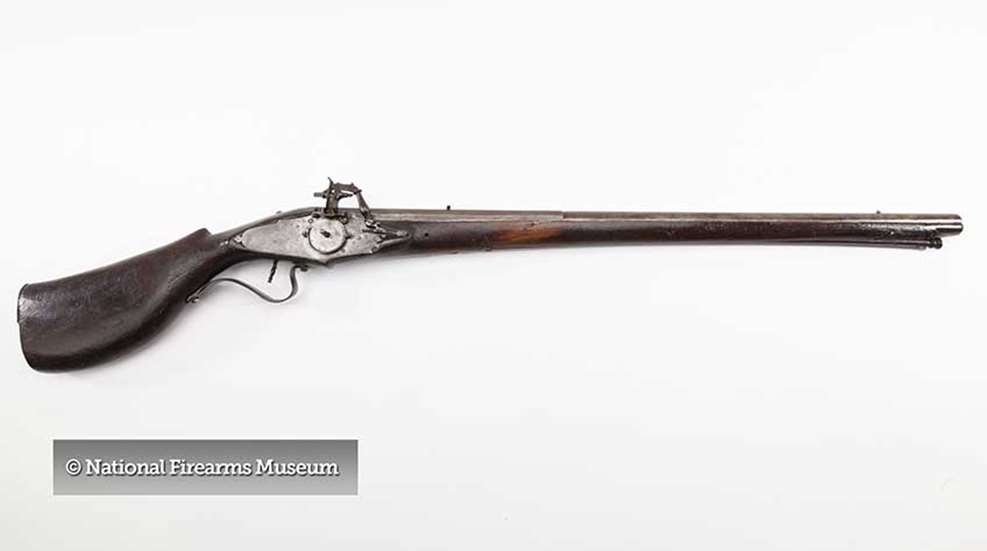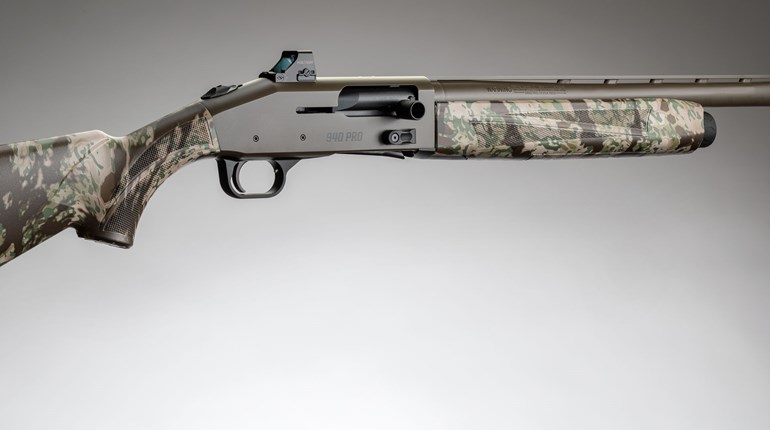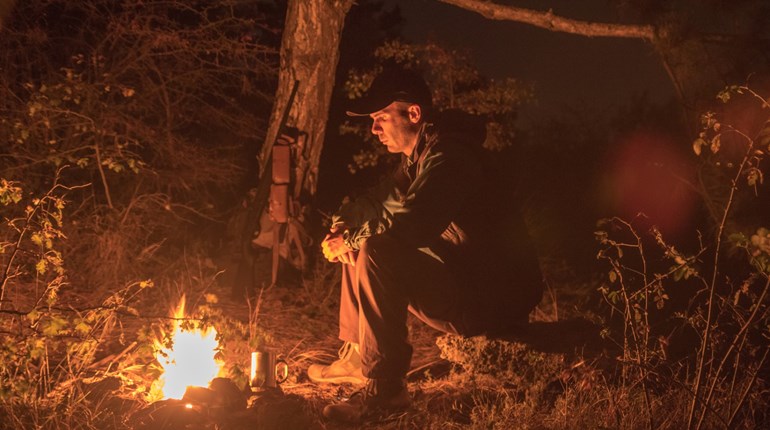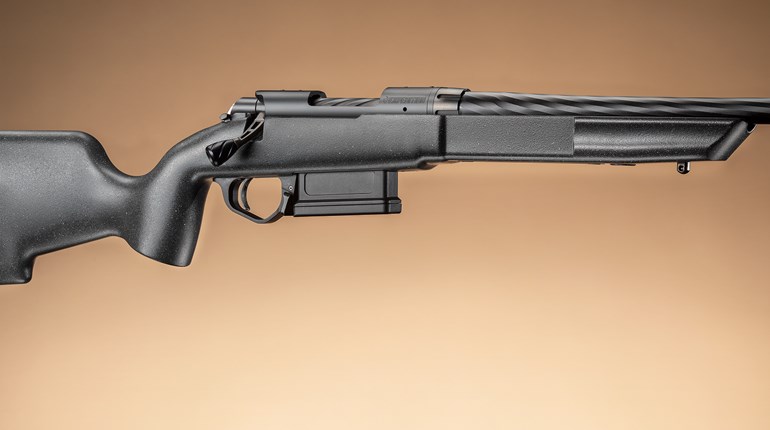** When you buy products through the links on our site, we may earn a commission that supports NRA's mission to protect, preserve and defend the Second Amendment. **

Frequently when I teach basic firearm safety classes, I begin the class by creating a make-believe scenario wherein you, an adult, find an old gun in your now-deceased grandfather’s closet. You have no idea if the gun is functional, if it’s loaded, or even if it’s a real gun. Still, with your kids in and out of the house, there is potential danger. At this moment, you have two responsible options:
1. You can call the police non-emergency line or phone a gun-knowledgeable friend for assistance. (Note that the police are unlikely to regard this as a life-threatening emergency, and that their response time will probably reflect that.) Or...
2. You can calmly assess the gun’s condition, make it safe, and research it until you know exactly what type of gun your grandfather owned and if it’s of historical, functional or monetary value.
1. You can call the police non-emergency line or phone a gun-knowledgeable friend for assistance. (Note that the police are unlikely to regard this as a life-threatening emergency, and that their response time will probably reflect that.) Or...
2. You can calmly assess the gun’s condition, make it safe, and research it until you know exactly what type of gun your grandfather owned and if it’s of historical, functional or monetary value.
Most folks who know nothing about guns must choose No. 1 because that’s their only option. However, a gun isn’t a snake or a bomb that may strike or explode unpredictably at any moment. It’s a legal-to-own tool that requires manipulation to fire; if you have the know-how to handle and make sure the gun is safe, there is no crisis, but rather a life occurrence like finding an old, interesting--and perhaps valuable--artifact from your family’s past.
The "valuable" part of that last sentence is a small but very real possibility. We've all seen reality-TV shows about antiques and the occasional surprises people get there, and most of the general public can't tell whether a gun is a priceless antique or simply a curiosity by just looking. In fact, our friends on American Rifleman have a regular column just about this type of situation called "I Have This Old Gun." So, if you've chosen Option 2 for this strange old gun that you're not sure about, here's what to do.
Before we begin, let's make one very important note. This advice is for adults. If you're a child, your NRA has four very simple steps to keep you safe. Stop! Don't Touch! Run Away! Tell a Grown Up!
That said, even adults should review the NRA's 3 Gun Safety Rules.
-
ALWAYS keep the gun pointed in a safe direction.
-
ALWAYS keep your finger off the trigger until ready to shoot.
-
ALWAYS keep the gun unloaded until ready to use.
As you approach the gun, study it with your eyes to discern what type it is and clues to its condition. This will help you know how to make it safe: Is it a rifle, a shotgun, a semi-automatic pistol or a revolver? (Remember, guns are much like modern automobiles in that while all models are a little different, anyone who can drive can quickly figure out how to drive another one if they follow basic driving rules.)
For example, all guns have a barrel that you should never point at someone. Secondly, all guns have a trigger that should never be touched until you actually intended to fire the gun. Third, all guns have a chamber that when loaded makes the gun potentially dangerous; when empty the gun is rendered safe.
Approach the gun from its rear (non-barrel end), and pick it up without touching the trigger and while keeping the barrel pointed in a safe direction. A safe direction is generally toward the ground, although toward the sky is better in instances where people may be below you, as in an apartment building.
At this point, if you are not familiar with the gun and have no idea how to check to see if it’s unloaded, store it safely until you can locate someone who is familiar with its function. After all, a loaded gun in a locked, secure location is safer than a loaded gun in an unsecure location.
To make the gun safe, remove the gun’s magazine if it has one. Then open the gun’s action to expose its chamber. (While it might take you a few moments to figure out how to open its action, all is safe if you keep the gun pointed in a safe direction and keep your finger off the trigger.) Visually check to see that there is no cartridge in the chamber. If there is, remove it. If possible, leave or lock the gun’s action open so the gun is incapable of firing.
The gun is now absolutely safe and can cause no harm. Rest easy knowing you have discovered a possible family heirloom and secured it for the future simply by applying routine firearm safety knowledge. Of course, this is just the beginning! In future columns, we'll be covering how to valuate your "new" old gun so you can start making smart decisions about selling or keeping it. Keep an eye on this space, and safe shooting!







































